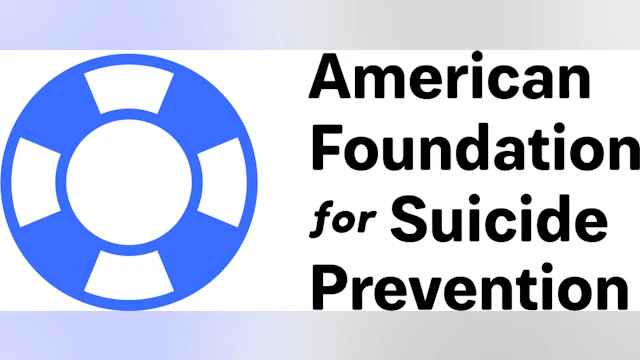Imagine if there were a simple, personalized plan that helped people deal with suicidal thoughts and behavior as they emerged…so they could save their lives, rather than take their lives.
Sometimes, the meeting of two great minds seems a matter of fate…though in this case, the American Foundation for Suicide Prevention may have played a role in making it happen. Dr. Gregory K. Brown, Director of the Center for the Prevention of Suicide in the Department of Psychiatry at the Perelman School of Medicine of the University of Pennsylvania, first met Dr. Barbara Stanley, Director of the Suicide Intervention Center in the Department of Psychiatry at Columbia University, in 2004 when AFSP sponsored a collaborative, multi-site research project on the detection and classification of suicidal behaviors in emergency departments. That study provided important data involved with the Columbia Suicide Severity Rating Scale, which is now widely used for detecting suicidal ideation and behavior in both research and practice settings. They, along with Dr. Glenn Currier, from the University of Rochester (currently chair of psychiatry at University of South Florida), received the 2009 AFSP Research Award for their work assessing suicide risk in three emergency departments.
Now, Drs. Brown and Stanley are working together again, as the recipients of an AFSP Focus Grant on Safety Planning to Reduce Short Term Risk. The study will examine the effectiveness of the Safety Planning Intervention (SPI) in emergency departments. SPI is a tool that provides those experiencing suicidal ideation with a specific set of concrete strategies to help decrease the risk of suicidal behavior. It was initially used to help adolescents manage their suicidal behavior while waiting for medication in a treatment study, and later for reducing suicide risk among veterans seeking treatment at the Veterans Health Administration.
It is Brown and Stanley’s mutual hope that using the simple Safety Plan, which involves patients working together with their treatment provider to recognize their own warning signs and coping strategies, and establishing when and who to reach out to for help, can be a tool for saving lives for those who are seen in the emergency departments for suicidal ideation and behavior.
This story originally appeared in AFSP’s 2017 online Annual Report.
To watch Barbara Stanley discuss safety planning, click here.
